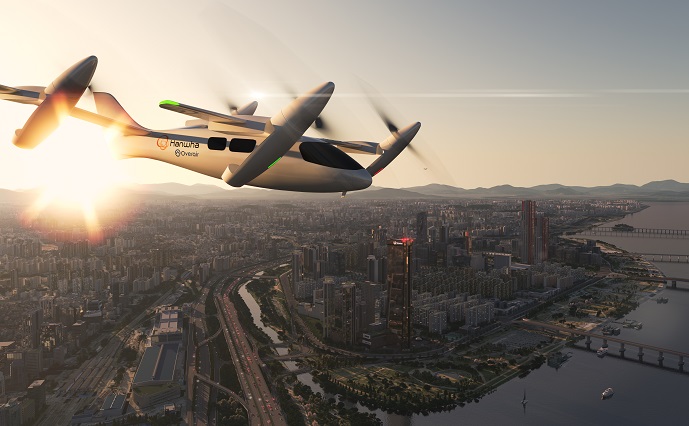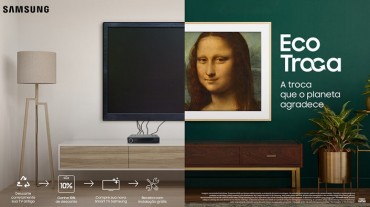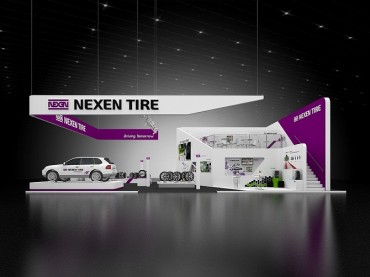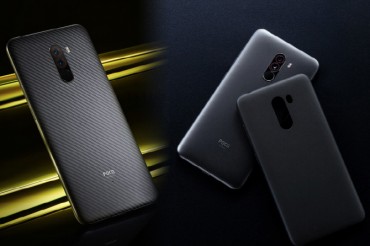
This file photo provided by Hyundai Motor shows its U.S.-based unit Supernal’s electrical vertical take-off and landing (eVTOL) aircraft concept introduced at the Farnborough Airshow on July 18, 2022.
SEOUL, Sept. 19 (Korea Bizwire) – South Korea is targeting to commercialize a Level 4 autonomous vehicle in 2027 to release half of newly launched vehicles as Level 4 models in 2035, the transport ministry said Monday.
This year, Korea aims to become the world’s third country to commercialize a Level 3 autonomous vehicle after the United States and Japan, the Ministry of Land, Infrastructure and Transport said in a statement.
“To achieve the aim, the government will overhaul the existing transportation systems, and set up safety standards and insurance programs for autonomous cars to provide Level 4 autonomous bus services as well (by 2027),” the statement said.
Hyundai Mobis Co., a major affiliate of Hyundai Motor Group, introduced Level 4 self-driving automation technology in its concept M.VISION at the Consumer Electronics Show (CES) in January 2020.
At Level 4, a vehicle can drive itself under limited conditions and will not operate if all required conditions are not satisfied. At Level 5, a vehicle’s automated driving features can drive under any conditions.
To support the plan, the government will establish real-time telecommunications systems for communication between autonomous cars on roads, and between autonomous cars and the electric vehicle infrastructure in major cities and roads by 2030, the statement said.
The ministry said it will initially establish the real-time telecom systems in 110,000 kilometers of roads by 2030.

This image provided by Hanwha Group on June 14, 2022, shows a rendered model of Butterfly, an all-electric vertical take-off and landing (eVTOL) aircraft, or “flying taxi,” under development by South Korea’s Hanwha Systems Co. and U.S. eVTOL developer Overair Inc.
The government also seeks the commercialization of urban air mobility (UAM) services in the metropolitan area in 2025.
The country’s three major wireless services companies — SK Telecom Co., KT Corp. and LG Uplus Corp. — said last month they will participate in a government-led demonstration program that will test UAM vehicle safety and traffic management capabilities for commercial services.
UAM is widely considered the next big thing in urban mobility amid concerns of the worsening of traffic congestion and air pollution. Most UAM vehicles in development are being designed to run on electricity and travel at low altitudes in urban areas.
In July, Hyundai Motor Co., another affiliate of Hyundai Motor Group, showcased its UAM technologies at Britain’s Farnborough Airshow through its wholly-owned U.S. UAM unit, Supernal.
Supernal unveiled a peep into the future electrical vertical take-off and landing (eVTOL) aircraft concept, its design and technologies.
Supernal aims to commercialize the eVOTL aircraft in 2028 while collaborating with more than 50 companies, including affiliates of Hyundai Motor Group, to help ease related regulations and establish the infrastructure for UAMs.
Morgan Stanley forecast the global UAM market will grow up to US$1.47 trillion by 2040, jumping from $7 billion won in 2020.
(Yonhap)






